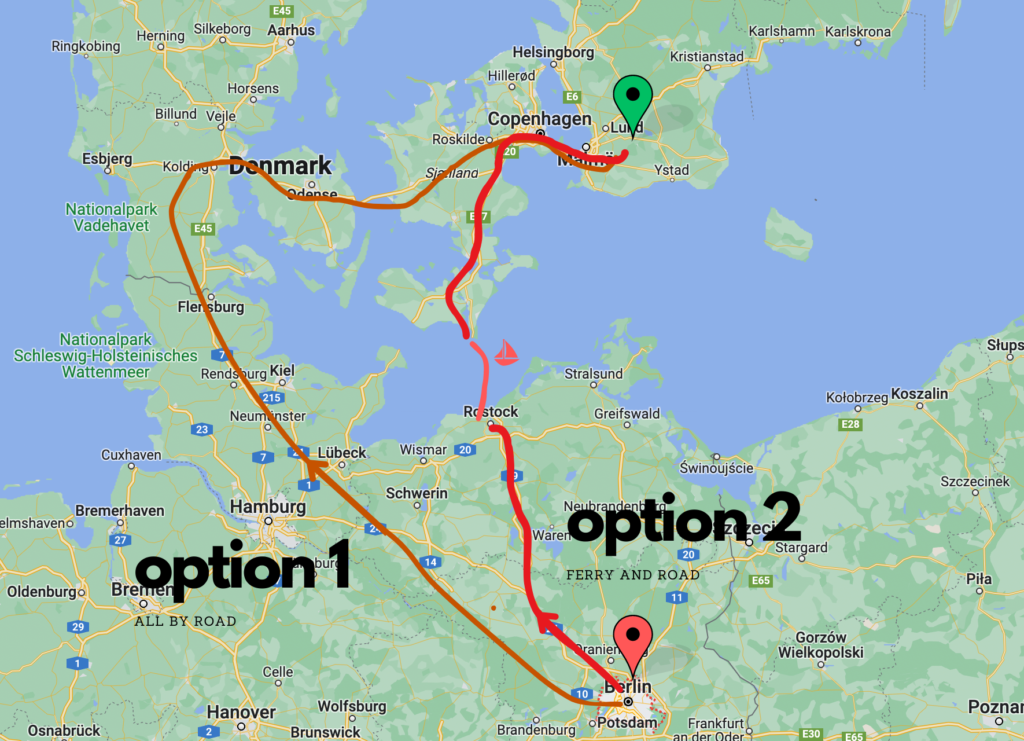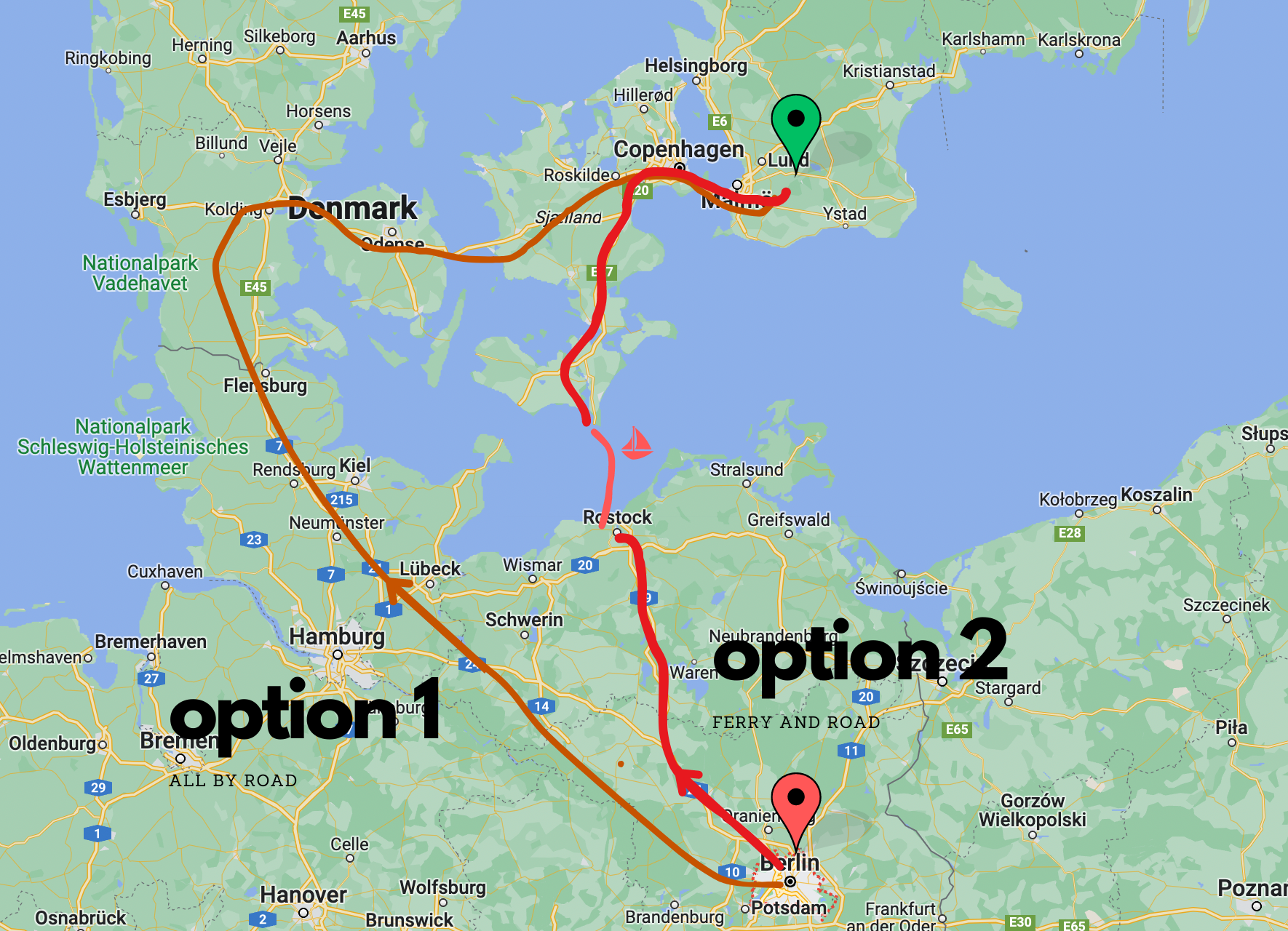The Genesis of the Bridge: A Vision for Regional Integration
Let’s start with a bit of story.
Öresund Bridge was built for closing the gap between Denmark and Sweden.
The idea of constructing a bridge connecting Denmark and Sweden dates back to the early 20th century. However, it wasn’t until the 1990s that the vision became a concrete plan. In 1991, a consortium of Swedish and Danish engineers, architects, and politicians commissioned feasibility studies to explore the possibility of building a fixed link between the two countries. A combination of a bridge and an underwater tunnel was eventually chosen as the most practical solution.
The primary objectives behind the bridge’s construction were to enhance transportation efficiency, boost economic growth in the region, and promote closer ties between Denmark and Sweden. While both countries had a long history of cooperation, the bridge was seen as a way to strengthen their economic and cultural bonds further.
A Marvel of Engineering: The Construction of the Bridge
Construction of the Öresund Bridge began in 1995, and it was a collaborative effort between Danish and Swedish construction companies. The bridge was designed to accommodate both road and rail traffic, making it a truly multi-functional structure.
At its core, the Öresund Bridge is a cable-stayed bridge, which means it is supported by massive pylons and a system of cables. The central section of the bridge stretches for approximately 8 kilometers (about 5 miles), making it one of the longest cable-stayed bridges in the world. The bridge’s construction required innovative engineering techniques, as it had to withstand the challenges posed by the harsh marine environment, including strong winds, currents, and ice.
The underwater portion of the bridge comprises a 4-kilometer (about 2.5 miles) long tunnel known as the Drogden Tunnel. The tunnel’s design involved the use of concrete elements that were immersed in a dry dock before being assembled underwater. This method reduced disturbance to the sensitive marine ecosystem during construction.
Now it is time for our story
Ok, ok we got it, there was a good reason for building the bridge, there were technical challenges, so it is fair put a toll we are not against paying for crossing.
When we crossed from Italy to France passing the Mont Blanc tunnel we paid around €69 if I remember it correctly, and at that time I almost had a heart attack when I saw the price. This time was slightly different I saw on the screen DKK 980.00, but as we had just arrived in Denmark I didn’t know the conversion, what worried me was that the POS asked me for a PIN, then when the notification arrived in the mobile phone €131 … nooooo 😫, why ?
The answer is simple – Lack of planning
Our analysis

We were in Berlin and I’d like to move fast and reach Sweden without staying too much in Denmark – so we don’t need to bother preparing our remote office to work one week there. We draw basically 2 plans:
Doing the math, option 2 was the most affordable and less time consuming, so we went for that. The issue was that both options were bad, as both of them were not considering the crazy expensive bridge and in the end we’ve chosen the better between 2 shit options.
Alternatives ?
A ferry directly to Sweden would add €60 to the price we have paid to cross to Denmark, even cross there and take another ferry to Helsinborg would have been cheaper. After crossing we also come to know that there is away to register for a discount in the toll.
In the end of the day, we had many choices on the table and we simply got the worst.
Sometimes we learn in the hard way 🙈






